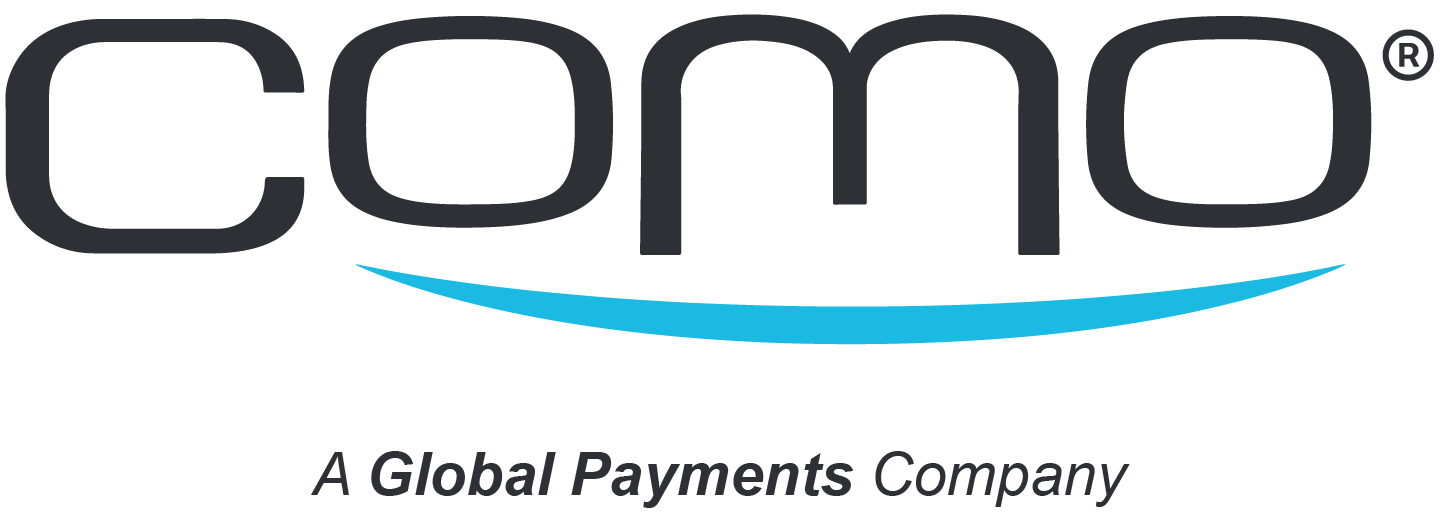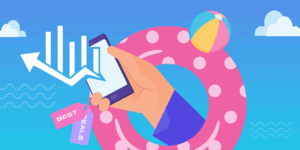As brands look to the future, the focus is shifting to Gen Z (born between 1997 and 2012) and Gen Alpha (born from 2013 onwards). These digitally-native generations have grown up with technology at their fingertips, and their expectations from brands are vastly different from those of previous generations. To capture their attention and loyalty, businesses need to rethink traditional marketing strategies and loyalty programs. Here’s how to appeal to these younger consumers and encourage them to download and engage with your loyalty program:
Understanding the Challenges: Why Targeting Gen Z and Gen Alpha Is Different?
1. Attention Span and Instant Gratification: Gen Z and Gen Alpha are often described as having shorter attention spans due to their constant exposure to fast-paced digital content. According to a study by Microsoft, the average human attention span has dropped to 8 seconds and it’s even lower for Gen Alpha, which is shorter than that of a goldfish. This means that brands have mere seconds to make an impression. Traditional loyalty programs, which often take time to accumulate rewards, may not resonate with their need for instant gratification.
2. Skepticism and Authenticity: These generations are highly skeptical of brands and marketing tactics. They value authenticity and transparency above all, and they can quickly detect insincerity. Brands that fail to align with their values or come across as inauthentic may struggle to engage these consumers.
3. Privacy Concerns: Growing up in the digital age, Gen Z and Gen Alpha are acutely aware of privacy issues. A study by the Center for Generational Kinetics found that 82% of Gen Z members said they would stop using a brand if it shared their data without permission. They are cautious about sharing personal information, which can be a hurdle for loyalty programs that require sign-ups or data collection.
4. Overwhelming Choices: With countless apps and programs vying for their attention, the younger generation is often overwhelmed by choices. Simply offering a loyalty program is not enough – brands need to offer something truly unique and valuable.
Unique Strategies to Attract Gen Z and Gen Alpha to Your Loyalty Program
1. Gamification is a Requirement: Why It Works: Gamification taps into the competitive and fun-loving nature of these generations. But it’s not enough to just gamify; the approach needs to be innovative and aligned with their interests.
Starbucks’ loyalty program offers a unique gamified experience where customers can earn stars through purchases, which can then be used to play games within the app. The games are often limited-time events tied to seasonal themes or new product launches, adding an element of excitement and urgency.
McDonald’s launched a digital version of its iconic Monopoly game in the UK, integrating it into their app. Customers could collect digital game pieces with each purchase and win instant prizes or discounts. This campaign successfully drove app downloads and customer engagement, especially among younger demographics.
2. Social Sharing and Community Engagement: Why It Works: According to GlobalWebIndex, 68% of Gen Z use social media to stay connected with their favorite brands, showing the importance of social integration in loyalty programs. Gen Z and Gen Alpha are highly social, valuing peer recommendations and community involvement. Encouraging users to share their rewards or achievements within your loyalty program on social media can drive engagement.
Nike’s SNKRS app not only offers exclusive drops and rewards for purchases but also creates a community where users can share their experiences and engage with one another. This sense of belonging and community drives app downloads and engagement.
Dunkin’ launched their loyalty program with a strong focus on social media, encouraging users to share their Dunkin’ experiences with a branded hashtag. This not only increased visibility but also created a community of loyal followers who felt a connection to the brand.
3. Personalized Experiences: Why It Works: Accenture reports that 91% of consumers are more likely to shop with brands that provide relevant offers and recommendations, a figure that’s even higher among younger generations like Gen Z and Gen Alpha. These generations expect personalization in every aspect of their digital interactions. Loyalty programs that offer tailored experiences based on user preferences can create a deeper connection.
Sephora’s Beauty Insider program uses purchase history and preferences to provide personalized recommendations, early access to sales, and birthday gifts. This personalized approach makes users feel valued and understood, encouraging them to stay engaged.
4. Exclusive Content and Early Access: Why It Works: A study by the National Retail Federation found that 43% of Gen Z prefer brands that offer exclusive access to products or services. Gen Z and Gen Alpha are drawn to exclusivity and the idea of being in-the-know. Offering exclusive content or early access to products can create a sense of privilege and urgency.
Apple’s “Today at Apple” program offers exclusive sessions and early access to new products for members. This creates a feeling of exclusivity and adds value to their loyalty program, making it more enticing for younger users to download and participate.
Lululemon’s loyalty program offers members exclusive access to workout classes, events, and early access to products. By creating a community and offering real-life experiences, they’ve managed to build a loyal customer base that values both the brand and the perks of the program.
5. Sustainability and Ethical Incentives: Why It Works: Nielsen found that 73% of global consumers, including a significant portion of Gen Z, are willing to change their consumption habits to reduce their environmental impact. These generations are deeply concerned about social and environmental issues. Loyalty programs that incorporate sustainable practices or offer rewards tied to ethical initiatives can resonate strongly with them.
Patagonia’s “Worn Wear” program rewards customers for repairing and reusing their products rather than buying new ones. This aligns with the brand’s commitment to sustainability and appeals to the eco-conscious mindset of younger consumers.
How to Make it Easier for the Newer Generation to Become a Part of Your Loyalty Program?
1. Seamless Onboarding Process: According to Think with Google, 67% of users will leave a website if it takes too many steps to complete a transaction, highlighting the need for a streamlined onboarding process. Simplify the sign-up process with easy, fast, and intuitive steps. Avoid asking for too much information upfront; instead, allow users to gradually build their profiles as they engage with the app.
2. Incentives for Sign-Up: Offer immediate rewards for downloading and signing up for the loyalty program. This could be a discount on the first purchase, a free product, or bonus points.
3. Cross-Platform Accessibility: Ensure that the loyalty program is accessible across multiple platforms mobile, desktop, and even in-store. The more touchpoints, the easier it is for users to interact with the program.
4. Transparency and Privacy Assurance: Clearly communicate how user data will be used and protected. Highlight any privacy features and allow users to control their data-sharing preferences.
Capturing the loyalty of Gen Z and Gen Alpha requires more than just a traditional approach. These generations are looking for experiences that are personalized, gamified, and aligned with their values. By understanding their unique needs and leveraging innovative strategies, brands can create loyalty programs that not only attract but also retain these younger consumers. As the digital landscape continues to evolve, so too must our approaches to loyalty – ensuring that we remain relevant and engaging in the eyes of the next generation.











